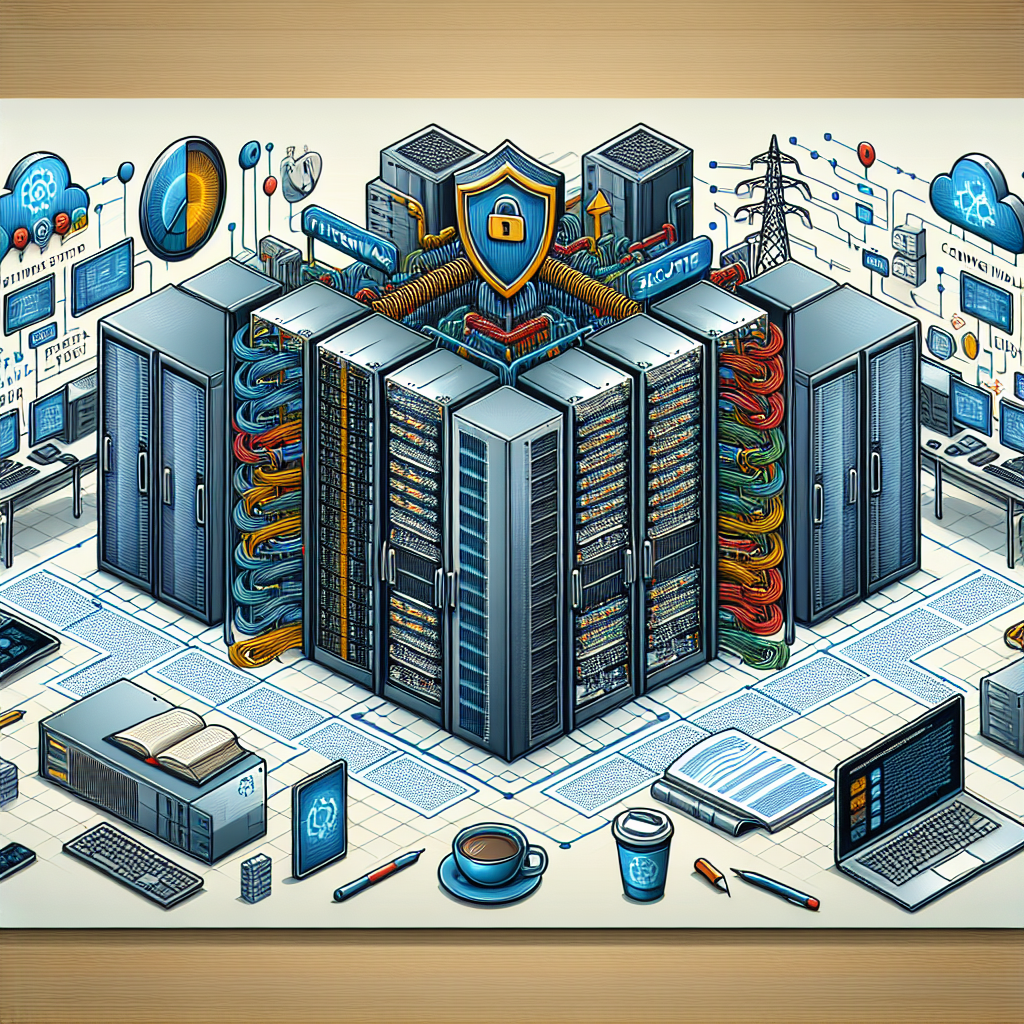Your cart is currently empty!
Mitigating Risks in Your Data Center: A Comprehensive Guide

A data center is the heart of any organization, housing critical information and infrastructure that keeps the business running smoothly. With the increasing reliance on technology and data, it’s more important than ever to ensure that your data center is secure and protected from potential risks. In this comprehensive guide, we will discuss how to mitigate risks in your data center to safeguard your valuable data and ensure business continuity.
1. Conduct a Risk Assessment
The first step in mitigating risks in your data center is to conduct a thorough risk assessment. This involves identifying potential threats and vulnerabilities that could compromise the security and reliability of your data center. Consider factors such as physical security, cybersecurity, environmental risks, and human error. By understanding the risks that your data center faces, you can develop a comprehensive risk mitigation strategy.
2. Implement Physical Security Measures
Physical security is crucial for protecting your data center from unauthorized access and potential breaches. Implement measures such as access control systems, surveillance cameras, and biometric authentication to restrict access to sensitive areas. Consider installing barriers such as fences, gates, and security guards to prevent unauthorized entry. Regularly review and update your physical security measures to ensure that they are effective in deterring potential threats.
3. Enhance Cybersecurity
Cybersecurity is also a critical aspect of mitigating risks in your data center. Implement robust cybersecurity measures such as firewalls, encryption, intrusion detection systems, and regular security audits to protect your data from cyber threats. Train your employees on best practices for cybersecurity and enforce strict password policies to prevent unauthorized access. Stay informed about the latest cybersecurity threats and trends to proactively address potential vulnerabilities.
4. Implement Redundancy and Backup Systems
Data loss can have devastating consequences for your organization, so it’s essential to implement redundancy and backup systems to protect your data. Use redundant power supplies, cooling systems, and network connections to ensure that your data center remains operational in the event of a failure. Regularly back up your data to secure offsite locations to prevent data loss in the event of a disaster. Test your backup systems regularly to ensure that they are functioning properly and can be quickly restored in case of an emergency.
5. Monitor and Manage Environmental Risks
Environmental risks such as temperature fluctuations, humidity, and power outages can pose a threat to the reliability of your data center. Monitor environmental conditions using sensors and alarms to detect potential issues before they escalate. Implement backup power systems such as generators and uninterruptible power supplies to ensure that your data center remains operational during power outages. Regularly maintain and inspect your data center’s infrastructure to prevent environmental risks from compromising the security and reliability of your data center.
In conclusion, mitigating risks in your data center is essential for safeguarding your valuable data and ensuring business continuity. By conducting a thorough risk assessment, implementing physical security and cybersecurity measures, enhancing redundancy and backup systems, and monitoring environmental risks, you can protect your data center from potential threats and vulnerabilities. Stay proactive and vigilant in managing risks to ensure the security and reliability of your data center.

Leave a Reply